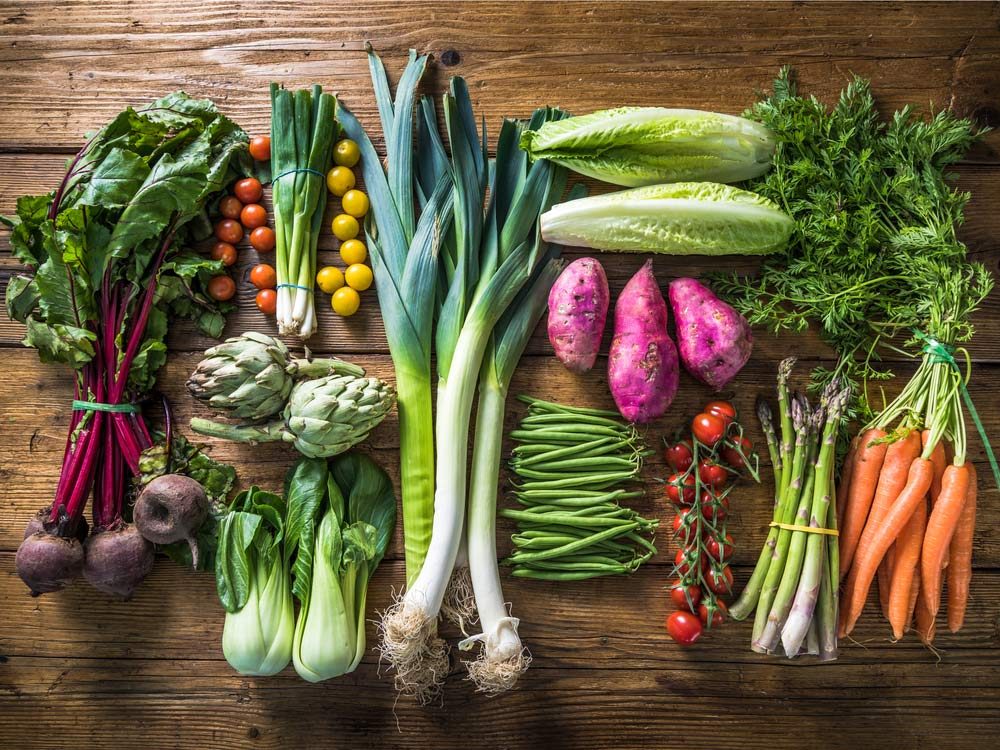
Your ingredients are the stars
Winner of Food Network Star, host of The Kitchen and executive chef at Pork & Mindy’s in Chicago, Jeff Mauro knows a thing or two about making a masterpiece between two pieces of bread. Nicknamed “The Sandwich King,” Mauro says before you even think about putting anything together, take time to consider the value of what you’re buying from your local grocery store or specialty shop. “You can have all the right pieces to put together an amazing sandwich, but if those ingredients aren’t quality, then the final dish will never be delicious,” he says. But what if you don’t have time to watch bread rise or grow your own tomatoes? Mauro gets it, and suggests for those ingredients, “find an amazing bakery or deli to buy from.” These places will likely be better prepared, as compared to a big box store that sources in quantity, not quality.
Here are five foods you’re spoiling by putting in the refrigerator.

Shop local
The other perk of focusing on quality ingredients over whatever is the cheapest is how it pays back in dividends. Mauro says he tries his best to support small local businesses, not only because it’s important for the economy, but because oftentimes, little shops will have more interesting sandwich fixings. From a spicy mustard that’s been crafted from a family who has dedicated their life to perfecting the recipe to an unusual jam concoction that you would never think to make yourself (bacon-jalapeño, anyone?) but tickles your palate—it’s often at lesser-known stores that you’ll find hidden gems.
Check out these 50 supermarket tricks you may still be falling for.
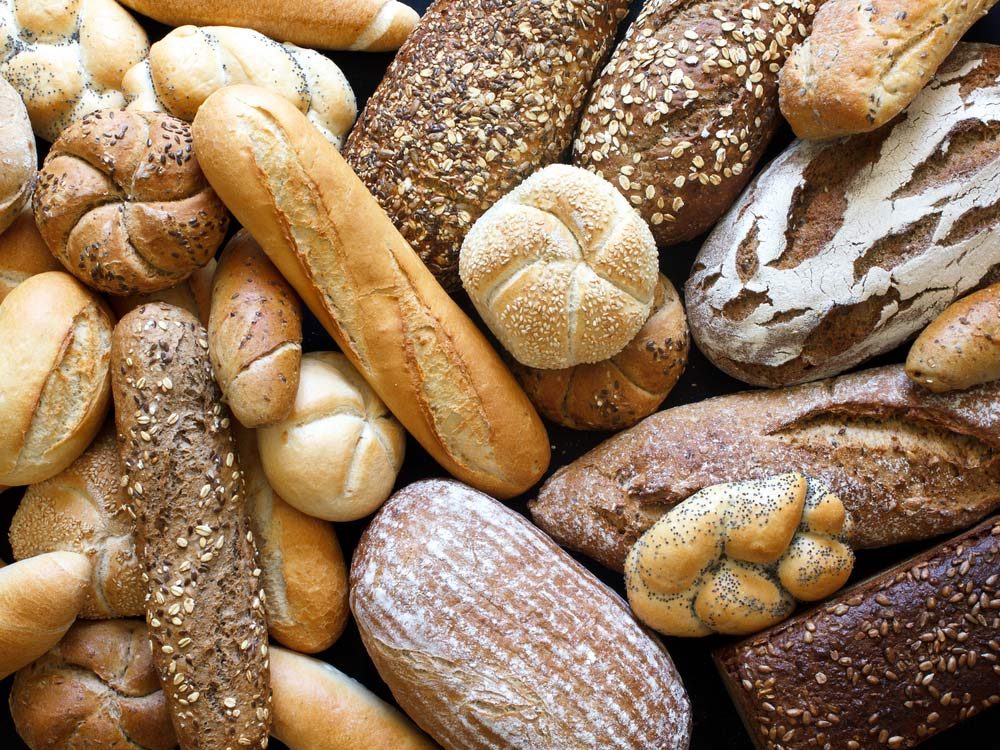
Spend more time on your bread
Your first invitation into the kitchen was probably in elementary school when your parents taught you how to take out two pieces of bread, slather some peanut butter and jelly and call it a day. Though it’s true that PB&J still has its time and place, to make an epic sandwich (meant for an adult appetite), Mauro says to not move too quickly from that pivotal first step. Which is bread! “So many people make the mistake of not treating the bread correctly,” he explains. “You want to butter and griddle those buns or put that French bread in the oven for five minutes to reactive it and if you must, buy the freshest sliced bread possible.” Because it’s the foundation of your sandwich, skimping on preparing it will keep your sandwich game from going from little leagues to pro.
Check out the surprising health benefits of pumpernickel bread.
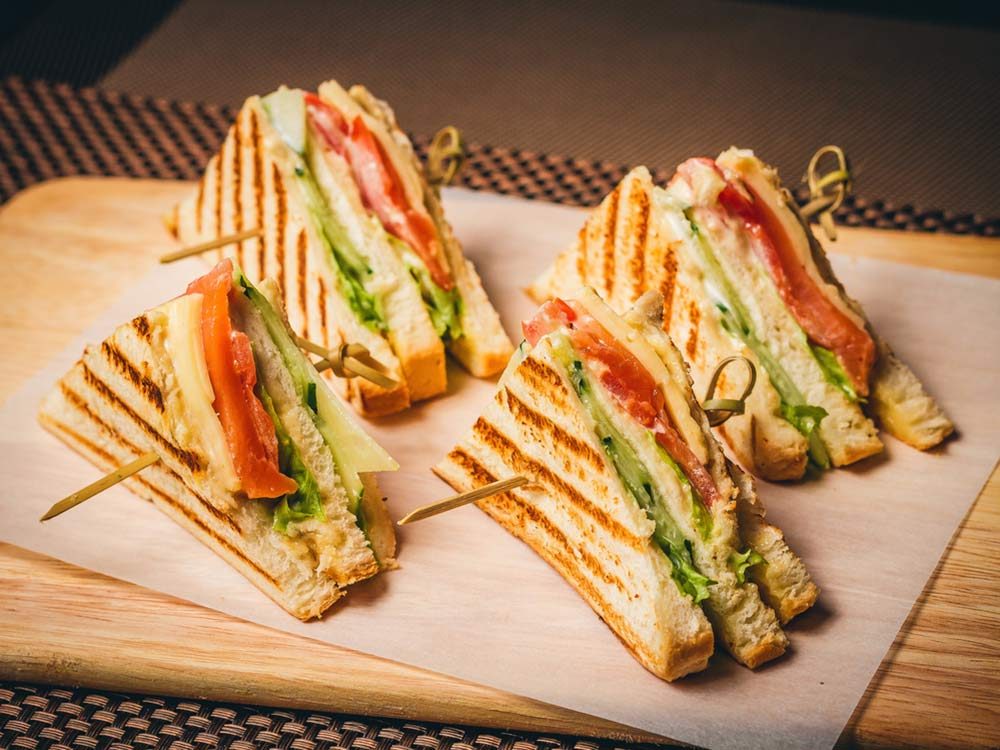
And don’t treat all bread equal
Consider chicken: Do you always cook it the same way? Nah. Sometimes you roast it with rosemary, other times you brine it with salt overnight and bake it in the morning. While it all started out as chicken, the way you handle it, depending on your ultimate goal, is different. That’s a way to look at bread, too, Mauro says. “Think about the bread you are using—there are so many varieties of sliced bread, rolls, subs, etc. and each works differently depending on the sandwich you are creating,” he says. Before you collect your other ingredients, commit to the style of sandwich you want, based on what you’re looking for. A roll will work much better with lobster, while BBQ is usually served on a bun, for example.
Looking for something lighter? Try these delicious sandwich upgrades.
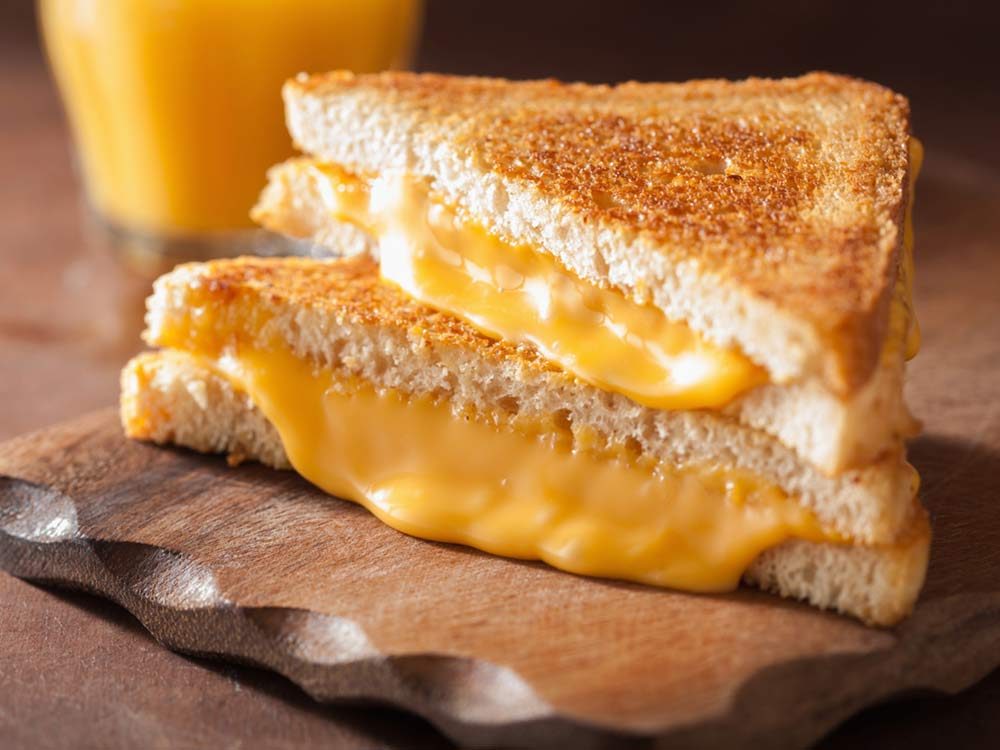
Always take time to melt the cheese
When you’re in a hurry, or hey, you just don’t have the energy to put in the extra effort, you might toast your bread, but forget about the cheese or the peppers. This is a big no-no, as without all of the components working together, you lose out on the flavour profile that your tummy craves. Though Mauro likes to work with a George Foreman Grill & Broil, you can use any appliance that’s readily available to you—even a frying pan—to warm up your sandwich layers. “With one appliance, I can grill up steak, vegetables and then once those are completed, broil and melt cheese with the broiler function. Taking this extra step brings my sandwich to the next level,” he says.
Try these amazing grilled cheese recipes.
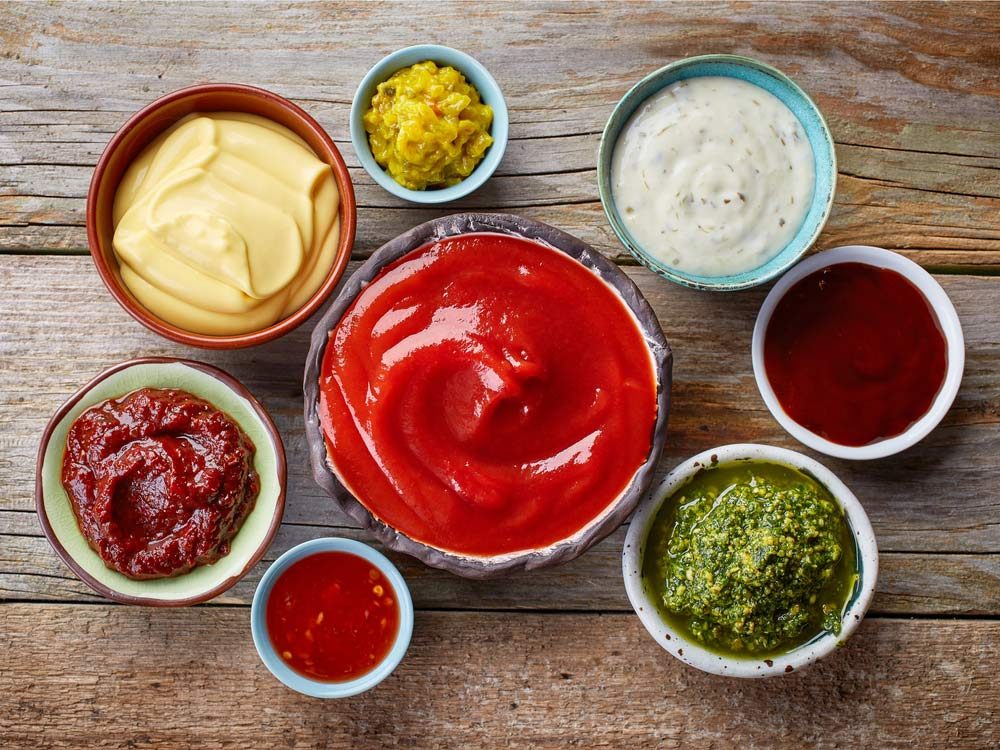
Use your condiments strategically
Regardless if you’re on Team Ketchup or part of Camp Mayo, Mauro says forgetting about condiments is a fatal mistake for sandwich-making. “Don’t forget the importance of condiments! I believe these really finish off a sandwich and add that extra layer of flavour,” he says. And what to do with those condiments? You don’t have to stick to just tomatoes or mustard seeds, or even dressings. Mauro says to not be afraid of layering, or even adding them to a marinade for meats, “so that the flavours are felt throughout the sandwich.”
Are you a fan of mustard? Then why not create your own!
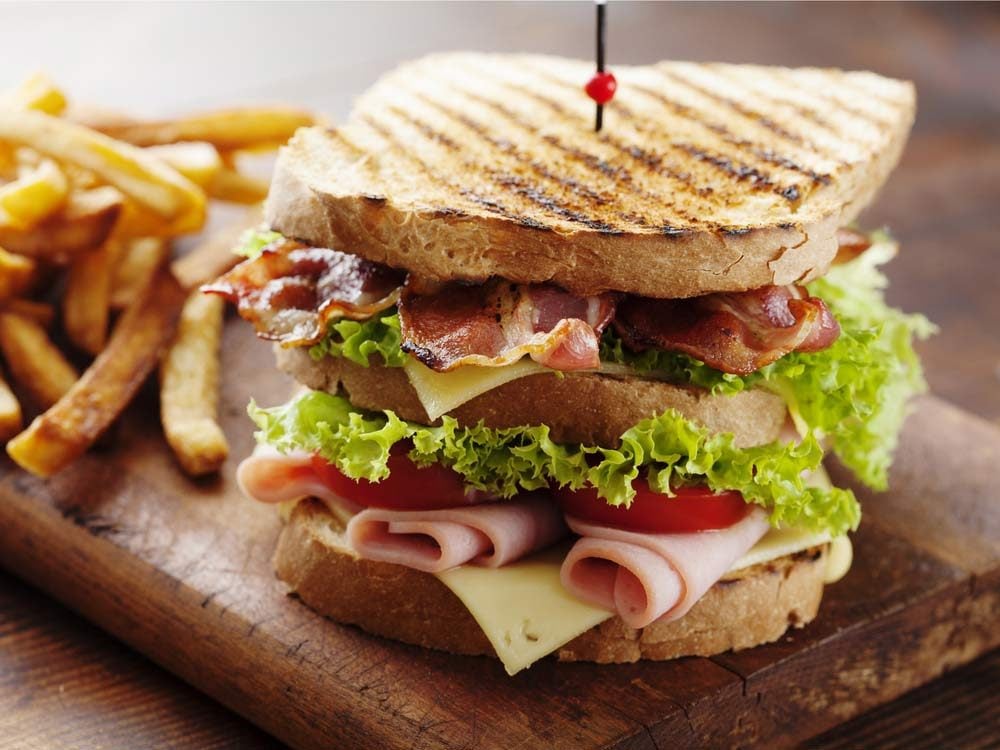
Be smart with fillings ratios
At some famed delis, you’ll come face-to-face with sandwiches so big, your jaw aches even looking at ’em on the table. Sometimes bigger is better, sure—but even if you’re piling on tons of goodness in between your bread, making sure ratios are balanced is what’s more important than depth. You don’t want to have so many onions that it overpowers the smoked turkey or your homemade sauce. “You need to ensure that the selected ingredients are proportion to the sandwich size. It is fine to build the sandwich high with delicious fixings, but it becomes impossible to eat all the ingredients if they are too thick or oversize (though that can be enjoyable at the right place and time),” he says.
Here are 30 of the best brunch spots in Canada.
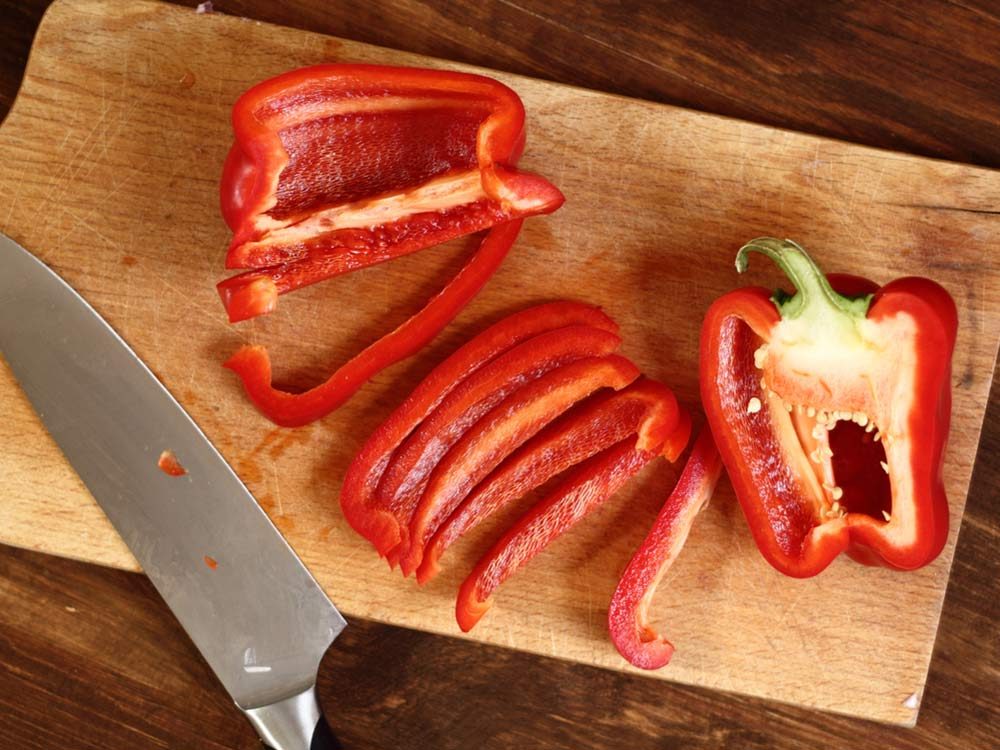
Go bold with pepper
Even your standard green bell pepper can take your typical toppings from predictable to flavourful. As Mauro says, “This vegetable adds so much to a sandwich without additional fat or calories. I always have three kinds of peppers in my fridge at all times that add flavor and also texture.” Not a pepper fan? Find a different vegetable—maybe a pickled purple onion, a cucumber, sprouts, you name it—that adds a different dimension to your go-to sandwich.